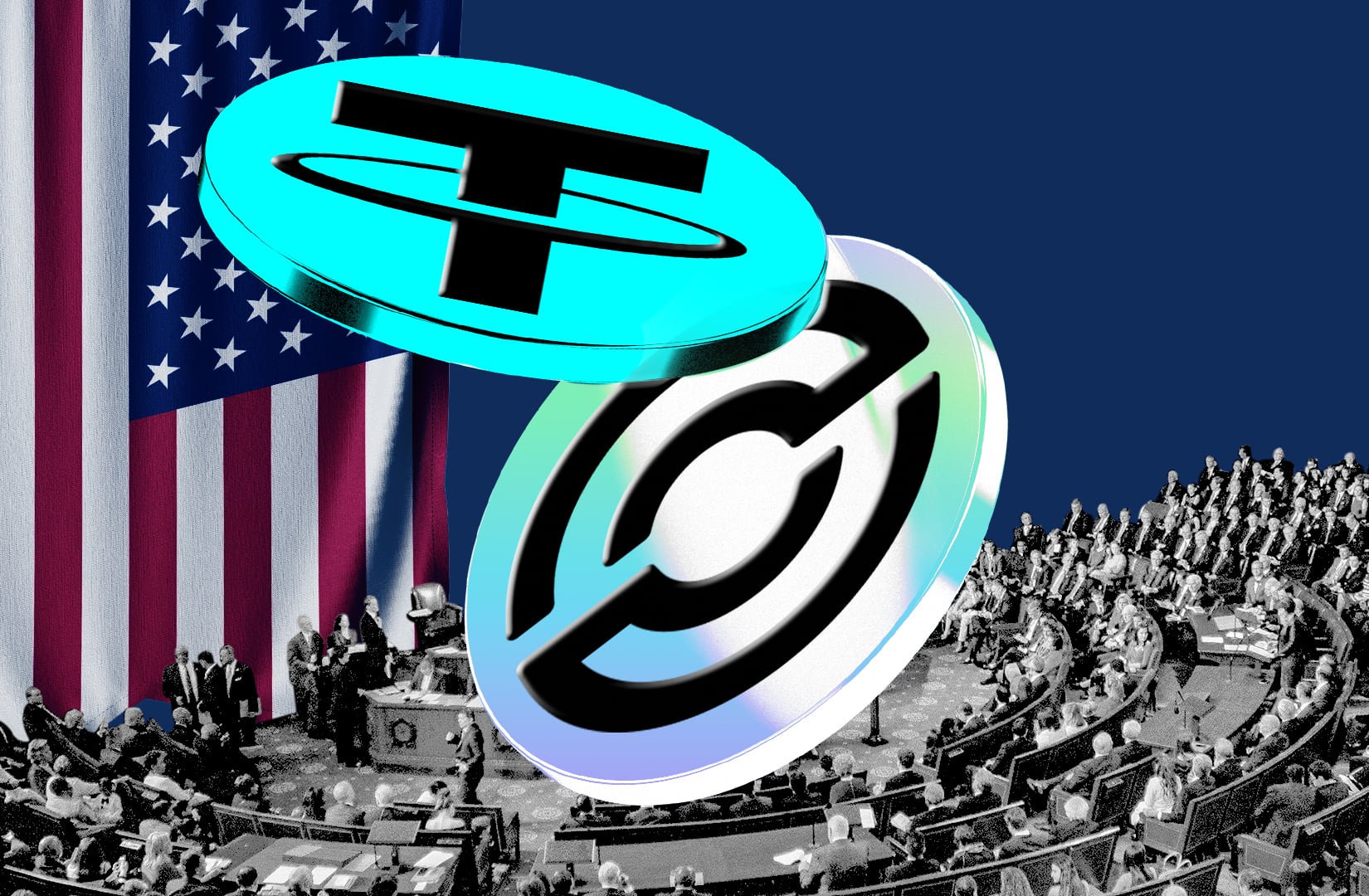Genius Act puts the stable in stablecoin — but it could cost US banks, prof warns
0
0

According to landmark stablecoin legislation, not all bank clients are created equal.
US banks could pick up the tab should a stablecoin issuer go bust if House lawmakers pass the Senate’s Genius Act without changing key provisions, experts say.
Those provisions favour stablecoin holders over other creditors in the event a stablecoin issuer files for bankruptcy, Georgetown Law professor Adam Levitin recently wrote on his personal blog.
As major US banks consider launching their own stablecoins or holding the reserves for others’ stablecoins, the Genius Act raises questions over how best to protect stablecoin holders from the crises that have plagued them in the past.
The bill “is subsidising stablecoin issuance on the back of bank deposits,” Levitin writes.
While Levitin cast the bill’s insolvency provisions as “an absolute mess,” crypto executives who spoke to DL News said Senate lawmakers faced difficult decisions in regulating the $255 billion stablecoin market.
“Under the latest text, stablecoin holders would have priority claims to the reserves backing the stablecoins,” John McCarthy, general counsel of Morpho Labs, said.
“That reflects a policy judgment — holder protection comes first. But it also creates tradeoffs, especially in how stablecoins interact with the banking system and influence financial stability frameworks.”
State of play
The Senate passed the Genius Act in a 68-30 vote last month. The bill would permit banks and other entities to issue stablecoins, provided they meet specific requirements.
That includes backing the stablecoins with highly liquid assets such as US Treasuries, providing monthly disclosure of their reserves, and retaining the ability to freeze tokens at the request of law enforcement.
The Genius Act now sits in the House of Representatives, where lawmakers have been working on their own stablecoin bill, the Stable Act.
House lawmakers could attempt to reconcile the two bills, or fold the Genius Act into another crypto mega-bill known as the Clarity Act. They are scheduled to debate the Genius Act and other crypto legislation during a series of hearings next week.
Stablecoins are crypto assets designed to hold a fixed value over time. The vast majority are pegged to the US dollar and backed by US Treasuries.
The market value of all stablecoins has grown more than 57% over the past year to $255 billion, according to DefiLlama data.
‘No legal precedent’
Stablecoins have been heralded as the most useful example of crypto technology due to their purportedly stable value and ability to settle large, cross-border transactions nearly instantaneously.
Yet, it’s often unclear whether their holders would be able to redeem the tokens for the assets backing them in the event of a crisis.
In other words, they aren’t always as good as cash.
“Circle points out in its S-1 that there are risks to the classification of stablecoin holders’ claims in the event of bankruptcy, as there is no legal precedent,” Will Beeson, founder and CEO of crypto firm Multiliquid, told DL News.
Moreover, stablecoins have occasionally suffered confidence-shaking crises.
Most notably, Terra USD, a so-called algorithmic stablecoin backed not by cash equivalents but a separate, volatile cryptocurrency, collapsed in May 2022.
Terra USD fell from its $1 peg to less than a penny, wiping out as much as $40 billion in investors’ money. It set off a series of crypto bankruptcies that culminated in the dramatic collapse of crypto exchange FTX.
In 2021, Tether, the company behind the world’s largest stablecoin, paid the New York Attorney General’s office an $18.5 million penalty to settle allegations it had misrepresented the stablecoin’s reserves.
And in 2023, Circle’s USDC stablecoin — the world’s second-largest by market value — briefly plunged to $0.88 amid turmoil at Silicon Valley Bank, which held 8% of the reserves backing the stablecoin.
Fear of total collapse and murky accounting practices appears to have motivated lawmakers drafting the Genius Act. In other words, ensuring that stablecoins are, in fact, stable.
“If something happens to the issuer, clients can claim the assets directly,” Marcos Viriato, CEO of crypto firm Parfin, told DL News.
“This protects the user of the stablecoin from any eventual bankruptcy of the issuer.”
Subsidising issuance?
Rather than distributing the issuer’s — or its custodian’s — assets to all creditors on a pro rata basis, stablecoin holders will take priority under the Genius Act, Levitin writes.
The remaining creditors would then receive an equal share of the remaining assets, as is typically the case in a traditional bankruptcy proceeding.
This situation presents new questions if the bankrupt issuer or custodian is a traditional bank with non-stablecoin customers, according to Levitin.
If a bank fails, and customers holding its stablecoin are made whole, fewer assets would be left for remaining customers who simply kept their cash savings there.
That isn’t necessarily a problem for those depositors — the Federal Deposit Insurance Corporation insures deposits up to $250,000, meaning any depositor who kept less than that amount at the bank would still be made whole.
Even though most bank depositors would be unaffected, the bill “is effectively letting FDIC insurance leak out to cover uninsured stablecoins, without any insurance premiums paid.”
The FDIC is funded by insurance premiums paid by banks, rather than taxes.
“Satoshi would be turning in his grave to see his vision of an unintermediated p2p payment system be transformed into a centralised system that relies on a forced subsidy from the banking sector,” Levitin wrote.
Satoshi Nakamoto is the secretive founder of Bitcoin.
The bill’s insolvency sections are among those that House lawmakers might attempt to change ahead of next week’s hearings.
“Whether that structure holds in the final text remains to be seen,” McCarthy said.
To be sure, major stablecoin issuers today deal primarily in stablecoins, limiting the risk that the federal government will foot the bill if any go bankrupt.
“If a regulated stablecoin issuer fails because the treasury bills or money markets they hold against the issued tokens writedown, the global economy has bigger problems than the stablecoin holders,” Ryan Galvankar, founder of Hyperliquid protocol opt.fun, told DL News.
Aleks Gilbert is DL News’ New York-based DeFi correspondent. You can reach him at aleks@dlnews.com.
0
0
 Manage all your crypto, NFT and DeFi from one place
Manage all your crypto, NFT and DeFi from one placeSecurely connect the portfolio you’re using to start.




